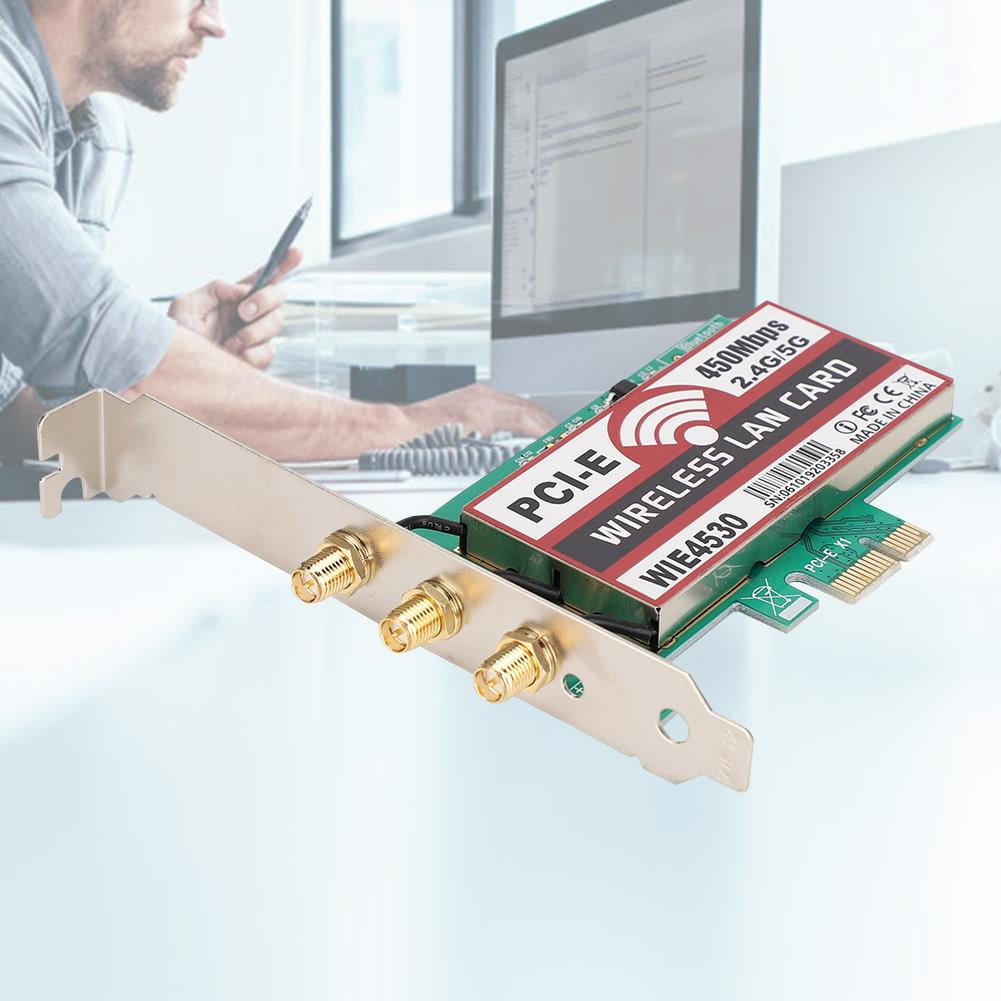

#Intel 5300 remote wake up driver
Unless the instruction on enabling the WOL capability from the NIC driver manufacturer states otherwise, we recommend turning on all the WOL-related settings. Click the 'Configure.' button in the network adapter properties window. In the Network Connections window that appears, right-click the Ethernet Connection icon and then click Properties. Go to the Network and Internet menu, and on the Status tab in the Network Settings Changes section, click Change Adapter Settings. In your computer's operating system, you need to configure the network adapter. If the motherboard supports ErP standard, it also should remain disabled for the same reason as S3 sleepĢ. 'S3 State' is a more energy-efficient mode, and in most cases, it turns off the power of the network card, which means that it will not be able to receive a magic packet. Pay attention to the BIOS using the 'S1 State' power saving mode, not 'S3 State'.

Common names for WOL settings are: 'Power On By Onboard LAN', 'Remote Wake Up', 'Wake On LAN', etc.
#Intel 5300 remote wake up manual
Refer to your motherboard user's manual for this.
#Intel 5300 remote wake up Pc
It is usually achieved by pressing the F2 or Del key on a keyboard during the PC boot process before the operating system starts to load. Access your computer's BIOS or UEFI setup interface. Here is an example of how the Wake-on-LAN function can be launched using the Keenetic router.ġ. The Wake-on-LAN option is not available in extenders that are connected to a main router of another manufacturer! Wake-on-LAN works on Keenetic in the main Router Mode, or as part of a Mesh Wi-Fi System if you have a Keenetic Main Router. Please get in touch with the respective manufacturer's support service for BIOS, operating system, and network adapter settings.Ģ. Our technical support is only available to help you set up your Keenetic router. The BIOS, operating system, and network interface card settings are for advanced computer users only. For information on configuring the BIOS/UEFI settings and enabling the Wake-on-LAN ability, please refer to your motherboard's user manual. Modern motherboards might be pre-configured to support this function on an onboard NIC. To boot up from a Wake-on-LAN signal, the motherboard and the network adapter of a PC must be compatible with this feature. To 'wake up' your computer, you need to log in to the Keenetic device web interface or open the Keenetic mobile app, select the PC in a list of home network devices and click the 'Wake on LAN' button. In some Wi-Fi devices (wireless adapter, smart TV) this technology is called WoWLAN (Wake on Wireless LAN). The computer must be in sleep mode, and it must have Wake-on-LAN enabled beforehand. A practical use case might be, for example, when you are in the office, you can remotely turn on your home PC. Wake-on-LAN is a special option of the PC's boot firmware - BIOS or, on modern systems, UEFI, that allows you to power on the computer by sending a special signal (a so-called 'magic' packet) to that computer over the local network. With a Keenetic router, it's possible to remotely turn on home network computers via the web GUI or a mobile app by exploiting the Wake-on-LAN (WOL) technology.


 0 kommentar(er)
0 kommentar(er)
